Please note that some of the links below are affiliate links. This means that, at no additional cost to you, I will earn a small commission if you click through and make a purchase.
- All
- Gallery Item
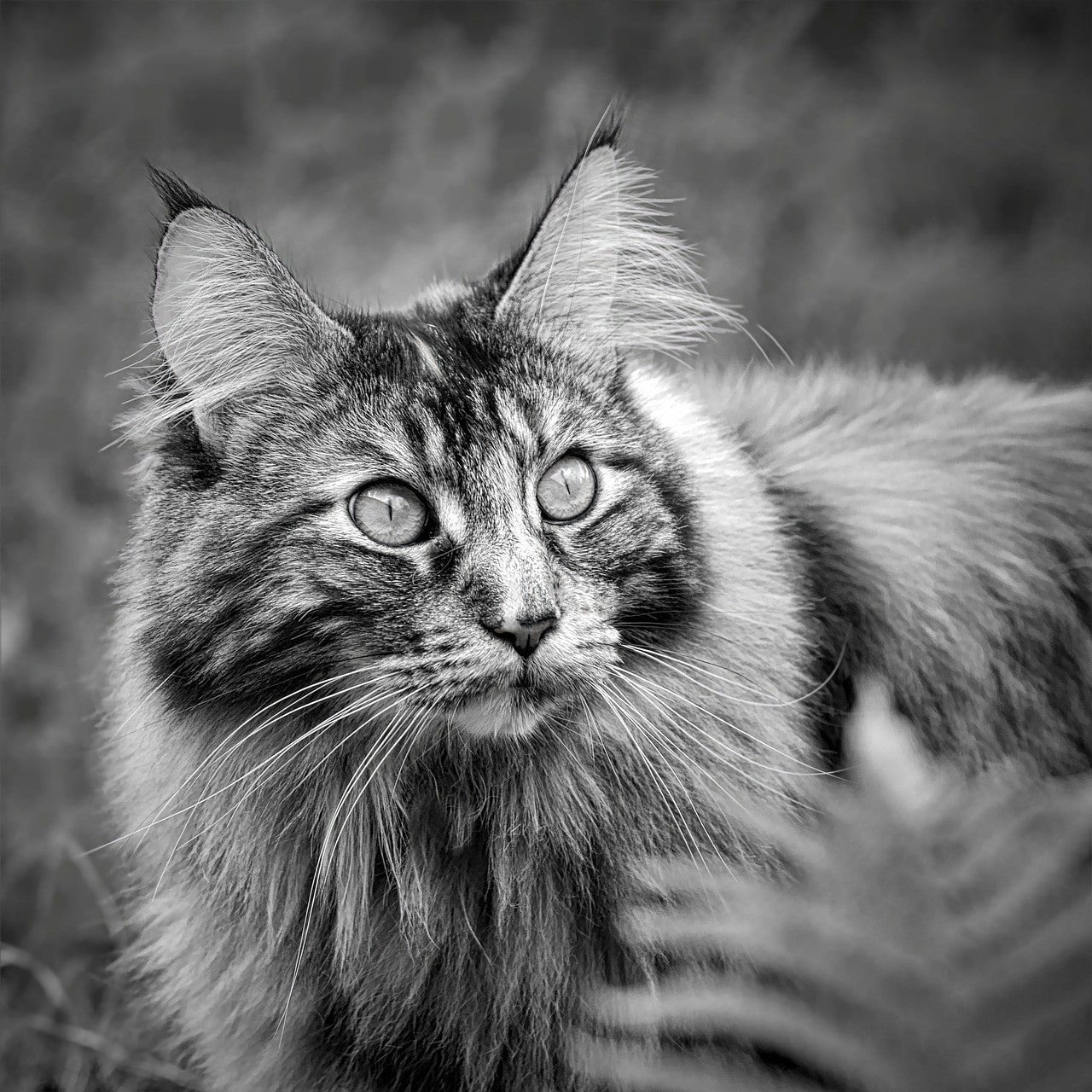
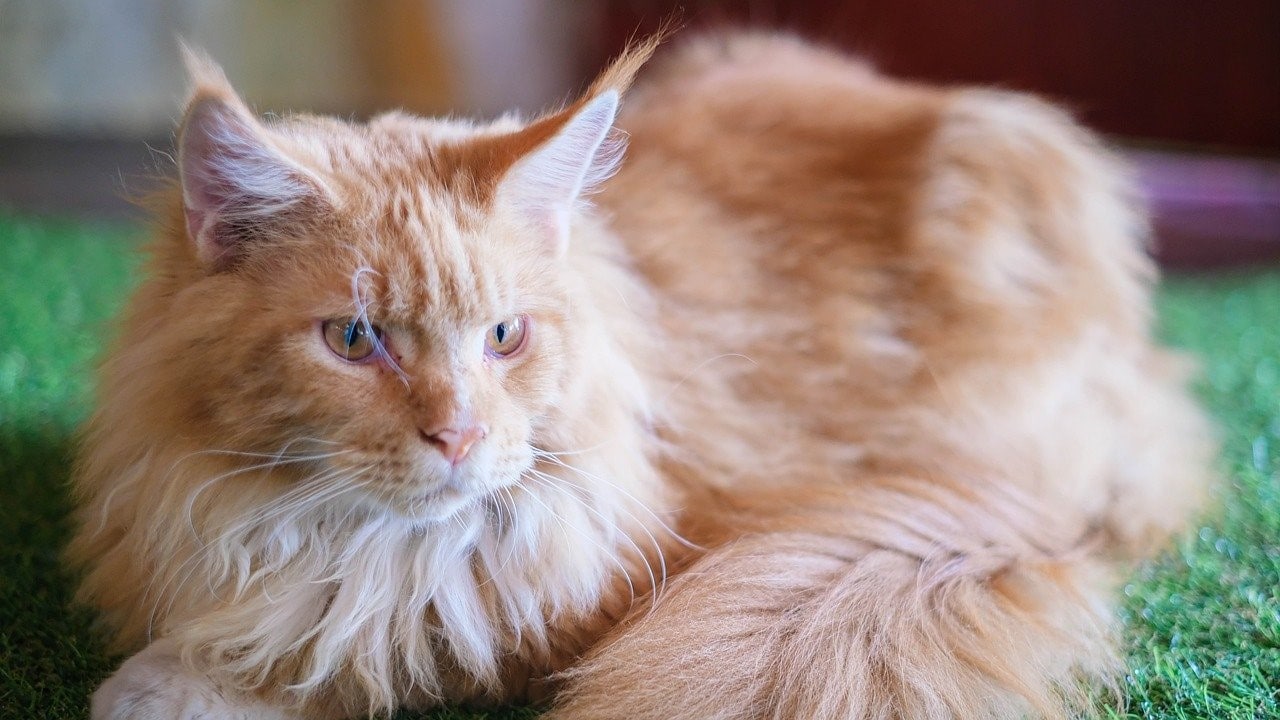
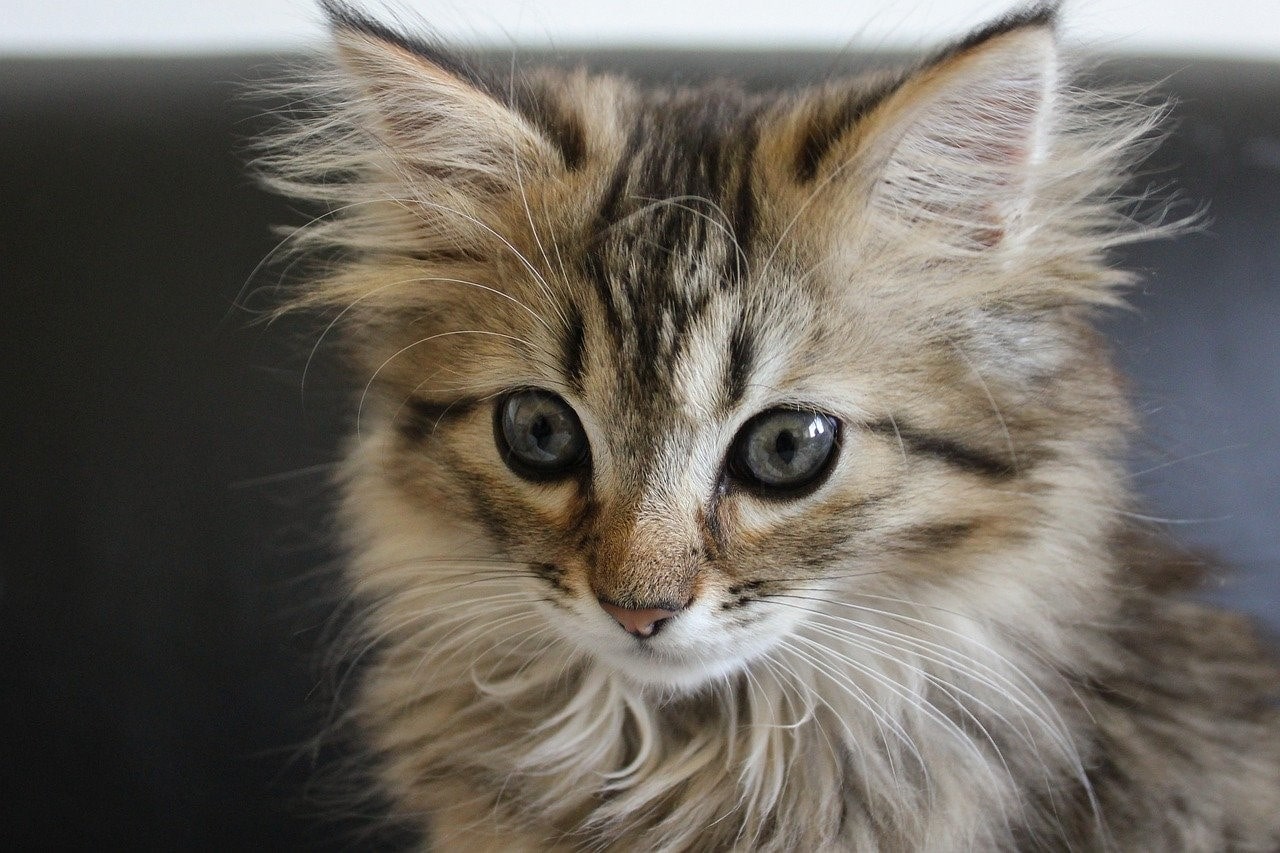
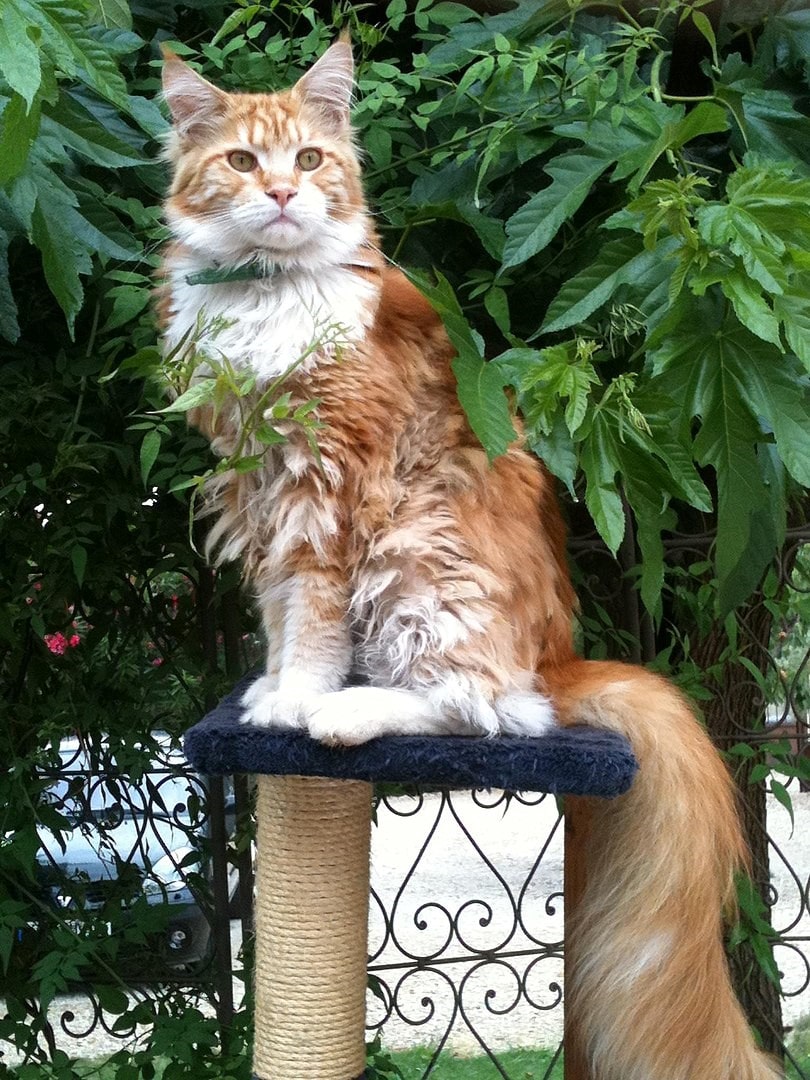
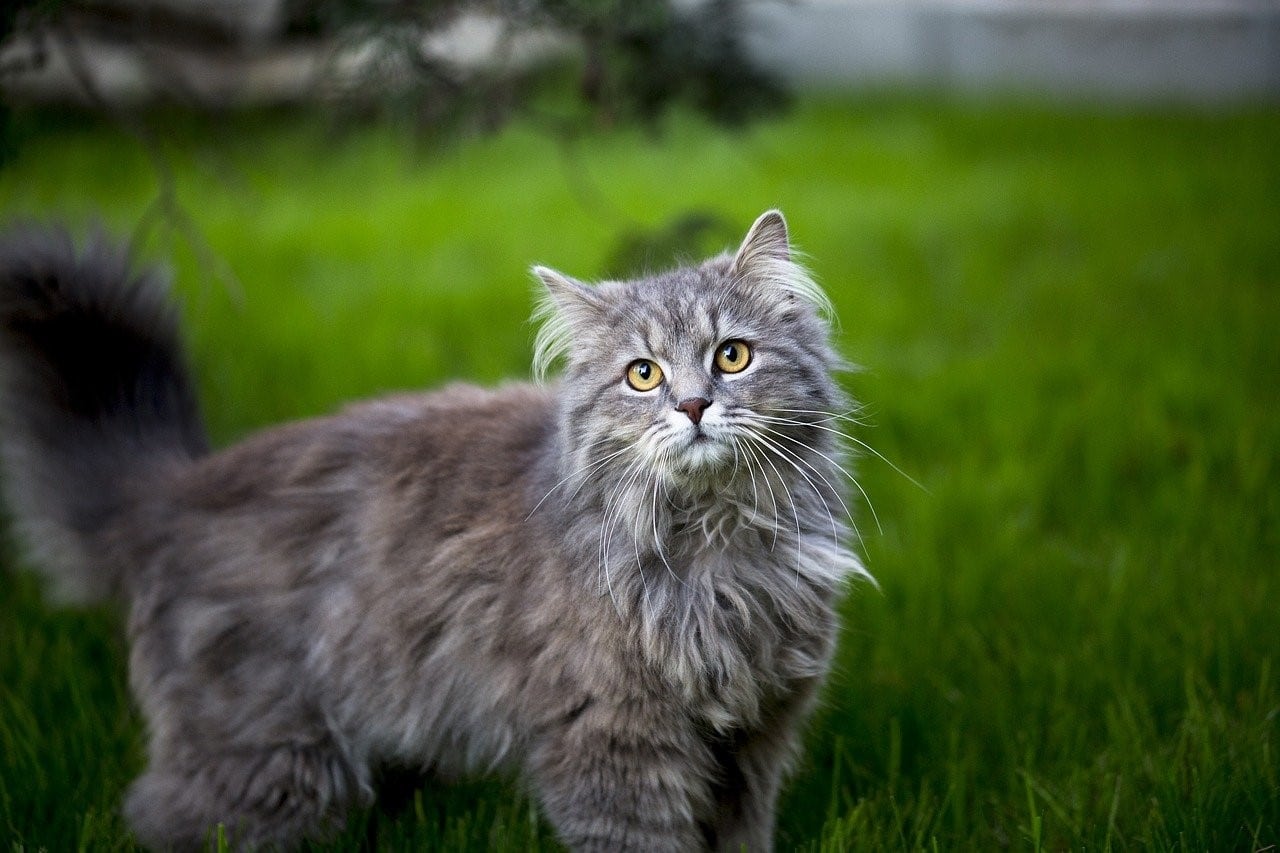
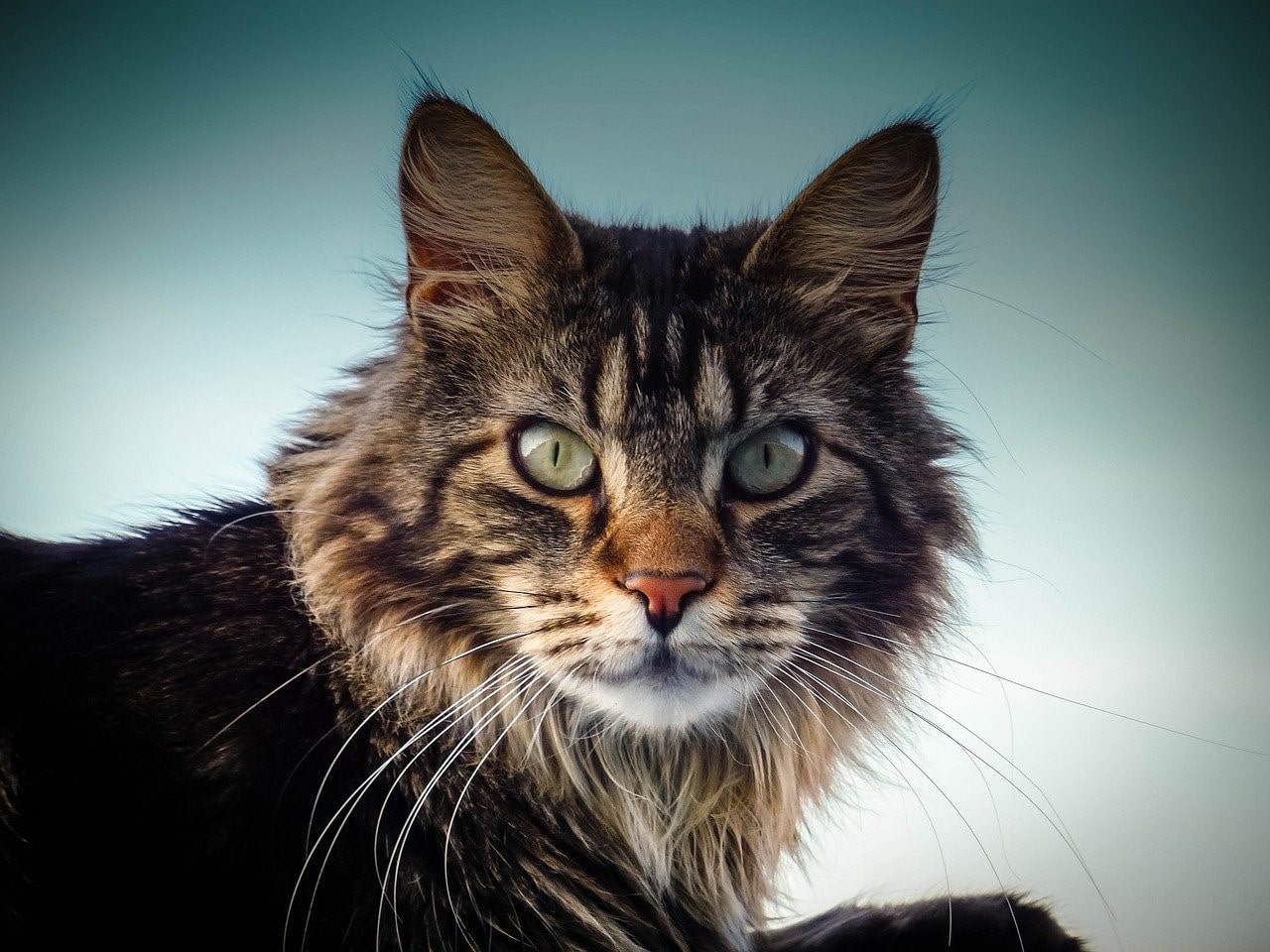
The most north-eastern state of the Northeastern United States is where you’ll find the one of the largest breeds of domesticated cats in the US. Ironically, you’ll find this rather large cat in the 12th smallest state by area, which is also the 9th least populous state, and the 13th least densely populated state – Maine – where the Maine Coon cat (also known as the Mancoon cat) is the official state cat)
The History of the Maine Coon cat in the USA
Shrouded in mystery, the legends tell of six Angora pet cats that Queen Marie Antoinette shipped to Wiscasset, Maine, while planning her options and escape route from France during the French Revolution. It is said that Maine Coons are descendants of these six Angoras, the theory being that the Angoras on board Sally most likely mated with native cats, ultimately creating a breed of their own.
Another implausible theory says that Coons are the result of pairings between semi-wild or feral domesticated cats mating with raccoons. Whilst this pairing is genetically impossible, the breed does retain its name from this legend. Genetic testing on Maine Coon’s has however revealed that they’re actually descendants of a mysterious, and now extinct, domestic cat breed.
The third theory holds that these cats originated from pairings between short-haired domestic cats and longhaired cats back in the 1700s. These long- and short-hair cats are thought to have been brought to America by Vikings or European sailors.
An unrespected theory amongst some breeders is that Maine Coon cats are descended from spirit cats that stalked the North-Eastern US in ancient times gone by.
Another theory holds that foreign cats landed on Maine’s shores in settler ships and bred with the local American bobcat, also known as the red lynx and native from North America to southern Canada. The red lynx is a medium-sized breed.
Thanks to modern genetic testing, results indicate that these cats are actually descended from the Norwegian Forest Cat – and the mysteriously extinct domestic breed. As both these cats and the Vikings are extinct, the Vikings are likely responsible for introducing the Maine Coon cat to America.
In the late 1860s, Maine farmers boasted of their cats, and the “Maine State Champion Coon Cat” contest was born. In 1878, 12 Maine Coon cats were entered into a cat show in Boston.
In 1895, the first North American cat show (hosted at Madison Square Gardens, NY) saw a female Maine Coon brown tabby cat named Cosey win the silver collar and was named Best in Show. This collar – an important piece of the Maine Coon’s history – can be found at the CFA Central Office in the Jean Baker Rose Memorial Library.
The first real mention of Maine Coon cats in a literary sense was in 1903, when The Book of the Cat was published by Frances Simpson. In the book, an entire chapter is dedicated to Captain Jenks white and black Maine Coon cat co-owned by co-author Mrs E.R. Pierce).
An avid breeder and lover of Maine Coons, Pierce owned several Mancoons at the time. In the book, Pierce declares that “large [Maine Coon cat] shows were held in all the populous eastern cities, with some held as far west as Chicago in the 1870s.”
In the early 1900s, the Maine Coon cat’s popularity began to decline as smaller long-haired breeds (such as the Persian, American Shorthair, and Exotic Shorthair cats) became more popular as a breed in the Western world, thanks to travellers and avid collectors or breeders.
In 1911, a cat show in Portland, Oregon would see the last recorded win by a Maine Coon in a national cat show for over 40 years! A “longhaired blue Maine Cat” took first place in his class and best of show but it wasn’t enough to stop the breed from fading to obscurity, occasionally being shown under the “Any Other Variety” (AOV) category at random shows.
Very little is heard about the breed until the early 1950s, when the Central Maine Cat Club (CMCC) was created to regulate breeding lines, keep accurate breeding records, showcase the breed, sponsor shows, create written standards for the breed, and to generate awareness of the breed.
20 years after the CMCC was first created, the Maine Coon Cat Club (MCCC) was formed in 1973. The following year, the Maine Coon cat met all requirements for recognition as a provisional breed, including breed standards, a registered breed club, and over 130 registered cats.
Accepted for provisional status by the CFA in 1975, this native American longhaired cat was confirmed for Championship status in 1976.
Steadily rising in popularity, the Maine Coon cat has become the second most-popular breed in the CFA registry todays
The personality of the Maine Coon cat
Maine Coon cat owners everywhere say that their beloved gentle giants are not only big and magnificent, they are also sweet-tempered and highly adaptable to any environment. Extremely sociable and very playful, Maine Coon cats are quite interactive with their human slaves, other family members, other pets in the house, and the occasional visitor or three trusted to be allowed in.
Their luscious coats are water-resistant, which is great because Maine Coons love playing in and with water, but dislike getting caught in the rain or being bathed.
Physical characteristics of the Maine Coon cat
The “dogs of the cat world” due to their size and loyal, loving personality, Maine Coons are heavily boned and muscular. The Maine Coon’s profile shows a slight dip under their large eyes, with a broad chest and thick legs. Their bodies are long and rectangular in shape, and they have long, bushy tails.
Not of average cat sizes by any means, the Maine Coon’s size is based on gender, where males weigh between 15-25lb, and females weigh slightly less. Not as big-boned as they appear to be at first glance, their long, straight, silky coats and tails may have a tendency to knock things over without them actually meaning to do so.
Bred for the New England harsh winters, the Maine Coon cat’s coat gets thicker around the neck and stomach areas, helping to protect them from the snow and keep them warm. Looking much like a Mogwai from the famous Gremlins movie of the late 20th century, Maine Coons have distinguishable tufts of fur in their ears.
Maine Coons have huge paws which grow huge tufts of hair in winter, giving the impression that they have their own “snowshoes.” Although there is no specific colour or pattern in their coats, Maine Coons have a high tendency to shed.
Maine Coon cats are not hypoallergenic, but as most people are actually allergic to a protein present in the cat’s dander, saliva and urine (known as Fel d 1) and not to the cat’s fur itself, regularly grooming will significantly reduce your chances of coming into contact with Fel d 1 on your Maine Coon’s fur.
Originally outdoor cats, Maine Coons became a working breed, and were kept in barns and houses to keep rodents at bay. Although Maine Coon cats no longer need to hunt, their natural curiosity and flair for catching “prey” remains and it’s important that owners play with toys or play catch with their Maine Coons.
Maine Coons are known to be very talkative and has an opinion about many things, which it voices by chirping. Longevity ranges between 9 and 13 years.
Maine Coons are commonly prevalent and are recognised at CFA, ACFA, FIFe and TICA – Cat Associations.
Caring for the Maine Coon cat
Grooming
Train your Maine Coon from a young age that grooming is fun. Their luscious coat needs daily attention and should be brushed to make certain that the fur does not get tangled.
Use soft-bristle cat brushes, and a fine-tooth (or flea) comb to work through any matted patches – such as behind the ears – in your Maine Coon cat’s coat.
Cats are prone to tooth decay and dental infections. Regularly brushing teeth, two to three times a week, will help to prevent cavities and bigger problems.
Clipping your Maine Coon cat’s claws is a personal choice you must make if you’d like to save your furniture.
If your Maine Coon doesn’t mind a bath too much, remember to check the label to make sure it’s non-toxic for cats (who self-groom and could ingest harmful chemicals).
Feeding
The Maine Coon’s diet and nutritional intake should be monitored as the Maine Coon tends to become overweight if not controlled. The Maine Coon needs to be exercised regularly with space to run and jump. Consider spoiling your Maine Coon with a cat tree and some cat perches.
When choosing the best food for your Maine Coon cat, your budget and your cat’s preferences will be balanced by your vet’s dietary recommendations. Protein remains the most important ingredient and should form the largest percentage of your Maine Coon cat’s diet. Remember that senior cats have different needs, as do kittens.
The Maine Coon cat has a large, almost square-shaped jaw which would need a larger and rougher-shaped kibble than average. Also remember that milk is not good for cats, no matter how much they seem to like it. Milk can potentially ferment in a cat’s stomach, which would cause all sorts of health-related issues (and litter-box cleanups) that you’d rather not want to deal with.
Always have fresh, clean water on demand.
We recommend this comprehensive guide on what and when to feed your Maine Coon cat – and other breeds, too – through all life stages.
Common diseases of the Maine Coon cat
- Hypertrophic cardiomyopathy (HCM) – where the heart muscle is thickened. The most common cause is an overactive thyroid gland.
- Hip dysplasia – commonly seen in dogs, hip dysplasia also occurs in large or heavy cats, like the Maine Coons.
- Spinal muscular atrophy (SMA) – a disease that results in the degeneration of spinal cord neurons (which are directly responsible for conscious muscle movement).
- Bacterial and viral infections such as panleukopenia, rhinotracheitis, calicivirus, and rabies are preventable through vaccination.
Five quick facts about the Maine Coon cat
- The Guinness World Record for the longest cat was awarded to Stewie, a Maine Coon measuring 48.5 inches and more recently to Ludo who measured around 46 inches.2. The show career for the Maine Coon cat began in New York in 1895 when the best cat award was given to a tabby Maine Coon named Leo, who reigned on the Boston cat shows only until 1900 – when he was defeated by his own son.
- Mrs Norris, a large tabby Maine Coon starred in the Harry Potter movies. Actually, the cat in the movies is played by at least five similar-looking Maine Coons, each used where their particular abilities are best suited.
- A Maine Coon cat owned by a Dallas-based cat-lover was cloned commercially. Little Nicky (born October 17, 2004) was the first commercially-produced cat clone. He was produced from the DNA of a 17-year-old Maine Coon cat named Nicky.
- The oldest known Maine Coon cat to have lived is Rubble, who hailed from the UK. Born in May 1988 according to records, Rubble reached the ripe old age of 32 before he passed away.
Sources
- The Cat Fancier’s Association. America’s First Show Cat – The Main Coon Cat. Retrieved December 1 2020 from https://cfa.org/maine-coon-cat/maine-coon-cat-article/
- The Cat Fancier’s Association. About The Main Coon Cat. Retrieved December 1 2020 from https://cfa.org/maine-coon-cat/
- Cat’s Center Stage. Breed Profile: Getting to know the Maine Coon. Retrieved December 1 2020 from http://www.catscenterstage.com/breeds/maine-coon2.shtml
- Europetnet. Maine Coon. Retrieved December 1 2020 from https://www.europetnet.org/pet-resources/cat-breeds/item/1937-maine-coon.html
- Mentalfloss. 12 Huge Facts About Maine Coons. Retrieved December 1 2020 from https://www.mentalfloss.com/article/76734/12-huge-facts-about-maine-coons
- Maine Coon Expert. Maine Coon Cat – A Buyers and Owners Guide With Breed Information, Buying Advice and Facts. Retrieved December 1 2020 from https://mainecoonexpert.com/maine-coon-cat-a-buyers-and-owners-guide-with-breed-information-buying-advice-and-facts/
- Wikipedia. Maine Coon. Retrieved December 1 2020 from https://en.wikipedia.org/wiki/Maine_Coon
